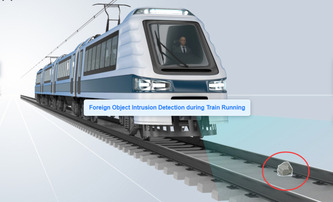
What is Aftermarket Collision Avoidance
Aftermarket collision avoidance refers to the installation of advanced safety technology in vehicles after they have been manufactured and sold. These systems are designed to help drivers avoid accidents by providing warnings or automatically taking action to prevent collisions. Some common aftermarket collision avoidance features include forward collision warning, automatic emergency braking, lane departure warning, and blind spot detection. By adding these technologies to a vehicle, drivers can enhance their safety on the road and potentially reduce the risk of accidents.
Why Aftermarket Collision Avoidance
Aftermarket collision avoidance systems are becoming increasingly popular due to their ability to enhance vehicle safety and prevent accidents. These systems utilize advanced technology such as sensors, cameras, and radar to detect potential collisions and alert the driver or even automatically apply the brakes to avoid a crash. By installing aftermarket collision avoidance systems, drivers can significantly reduce the risk of accidents and protect themselves, their passengers, and other road users. Ultimately, investing in aftermarket collision avoidance systems can help save lives and prevent costly repairs and insurance claims.
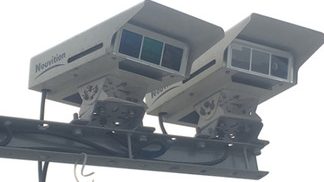
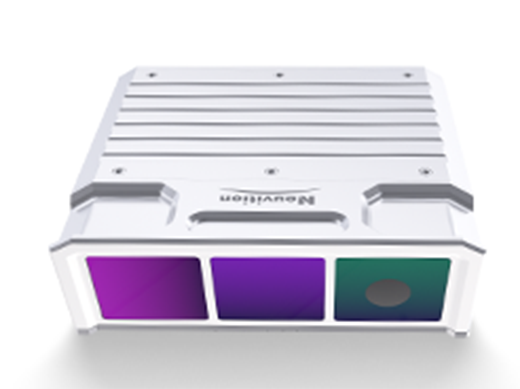
Recent Technology Development of Aftermarket Collision Avoidance
Recent technology developments in aftermarket collision avoidance systems have revolutionized vehicle safety by offering advanced features that were previously only available in newer vehicles. These systems utilize sensors, cameras, and radar to detect potential collisions and alert the driver through visual or auditory warnings. Some systems even have the capability to automatically apply the brakes or steer the vehicle to avoid a collision. This technology has greatly reduced the number of accidents on the road and has the potential to save countless lives. In summary, aftermarket collision avoidance technology is continuously evolving to provide drivers with enhanced safety features that can help prevent accidents and protect both passengers and pedestrians.
Applications of Aftermarket Collision Avoidance
Aftermarket collision avoidance systems have become increasingly popular in the automotive industry due to their ability to enhance driver safety and prevent accidents. These systems utilize advanced technology such as sensors, cameras, and radar to detect potential collisions and alert the driver through visual or auditory warnings. Some aftermarket collision avoidance systems also have the capability to automatically apply the brakes or adjust the steering to avoid a collision. These systems can be easily installed in existing vehicles, making them a cost-effective way to improve safety on the road. Overall, the applications of aftermarket collision avoidance systems are vast, ranging from reducing rear-end collisions to preventing pedestrian accidents and improving overall road safety.
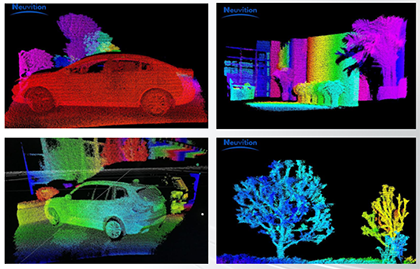
Neuvition Collision Avoidance Systems for Railway
Our collision avoidance systems for railway are designed to enhance safety and prevent accidents on rail tracks. By combining our state-of-the-art LiDAR sensors with advanced software algorithms, we offer the following advantages:
Advantage
- Accurate detection and identification of obstacles in front of trains
- Real-time warning alerts to prevent collisions
- Integration with cameras and other sensors for comprehensive situational awareness
- Customizable solutions to meet specific railway requirements
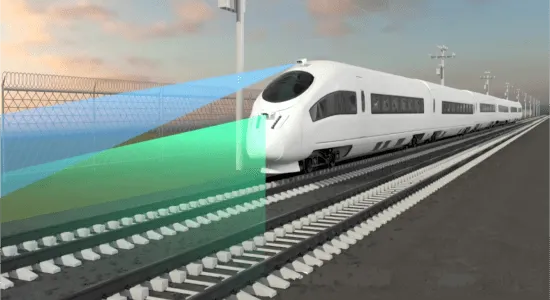
Neuvition Collision Avoidance Systems for Automotive
Our collision avoidance systems for automotive applications are designed to improve road safety and enable autonomous driving capabilities. We offer the following benefits with our integrated LiDAR, Radar, and Camera solutions.
Advantage
- 360-degree detection and tracking of surrounding objects
- Advanced object recognition and classification
- Real-time decision-making for collision avoidance
- Seamless integration with existing vehicle systems
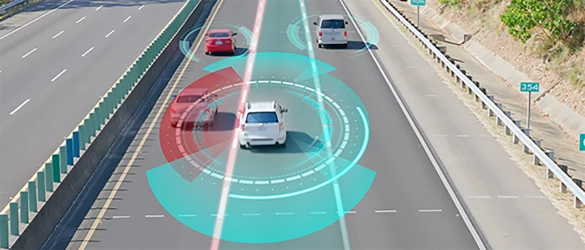
FAQ








Contact Us
If you have any questions or suggestions, please leave a message, we will get in touch with you within 24 hours!
